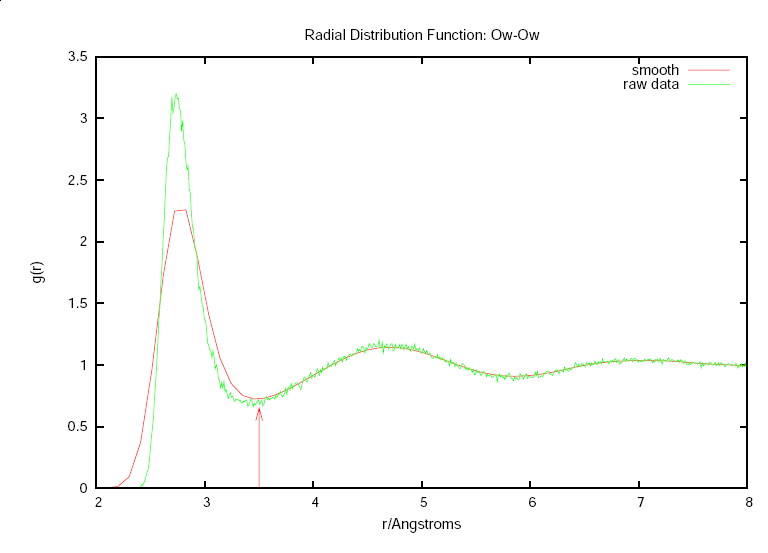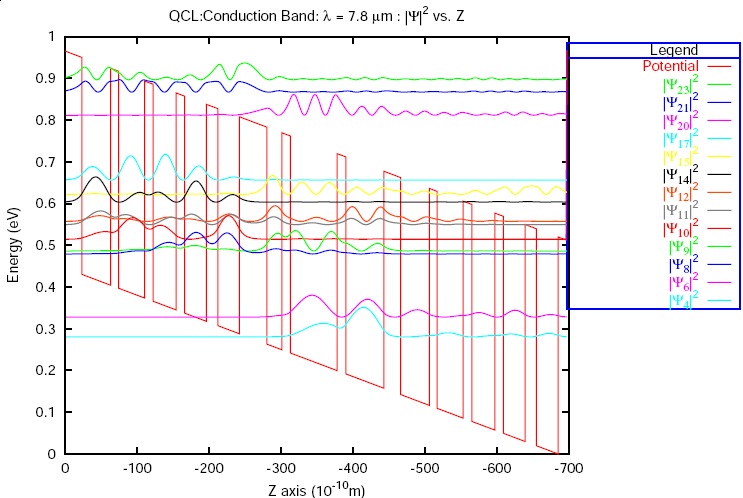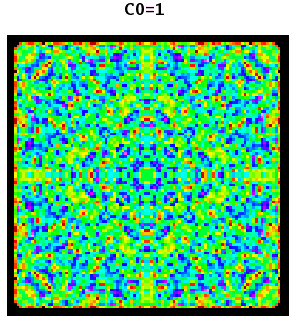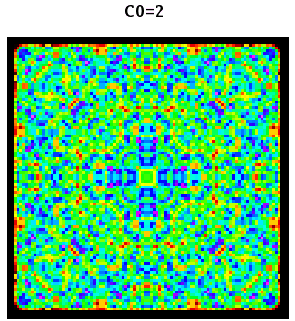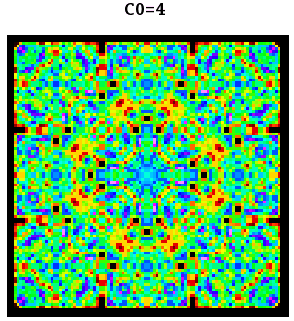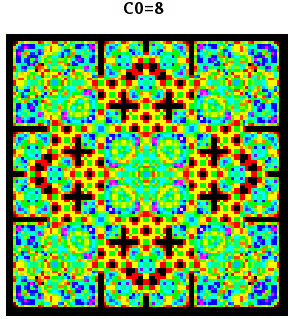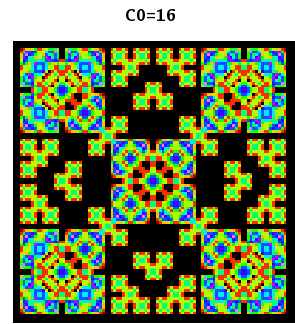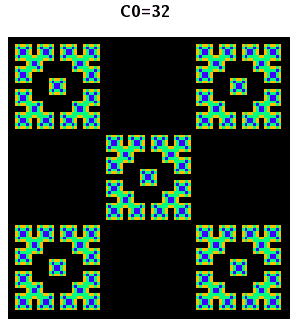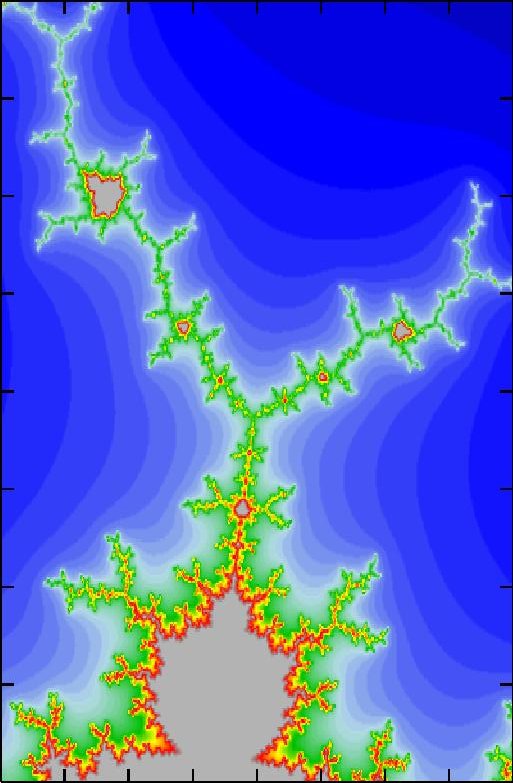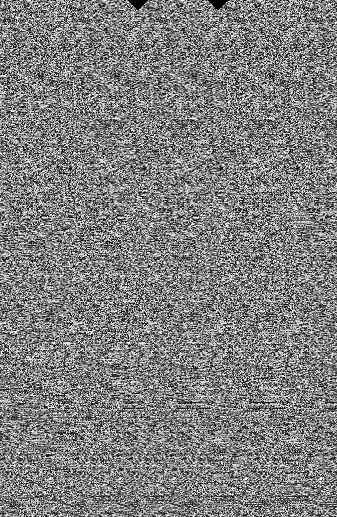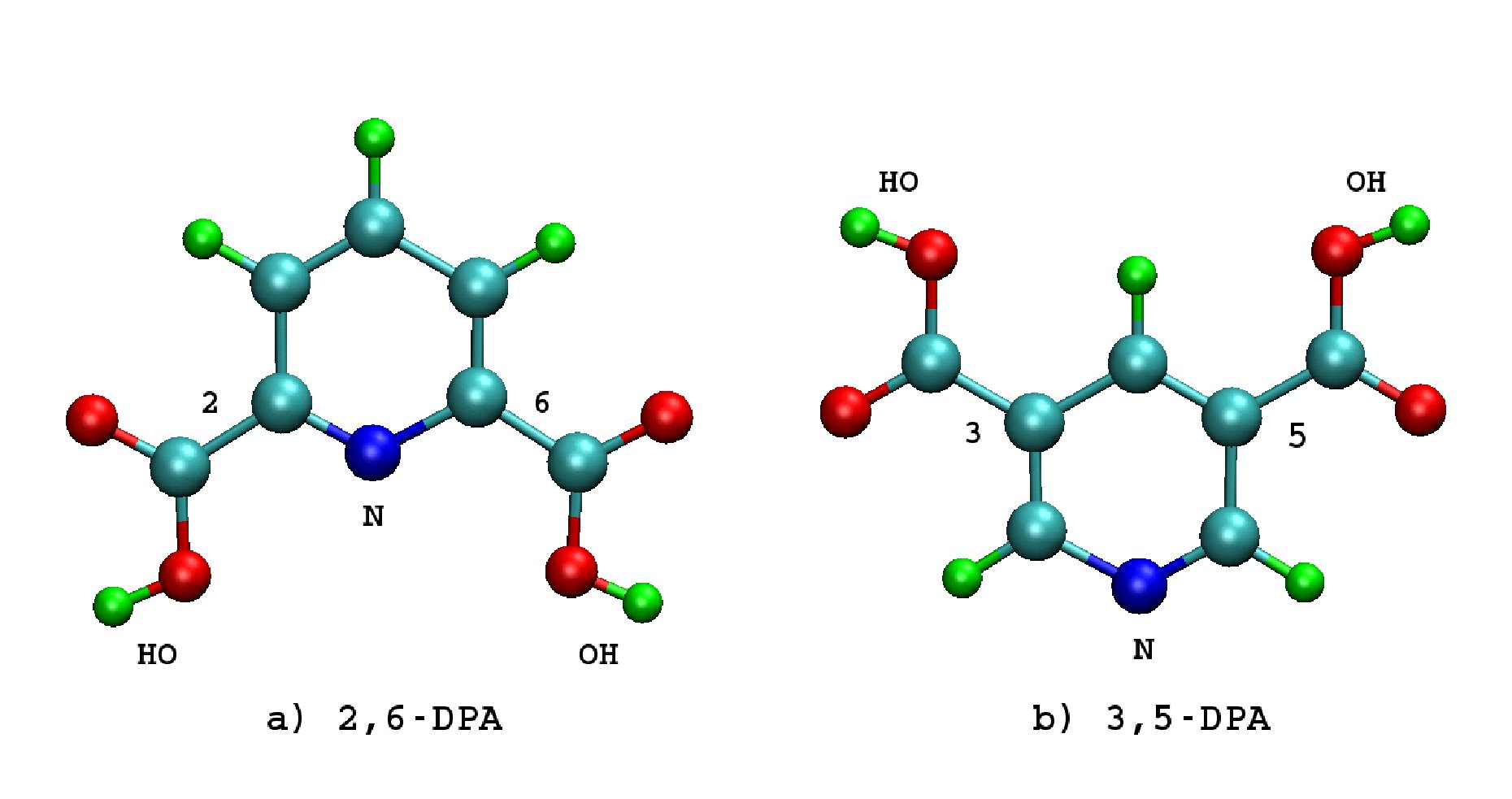
 Level diagram of the CARS process. Two femtosecond laser pulses, pump
and Stokes,
are used to prepare the
molecular vibrational coherence. A third pulse, the probe,
is scattered off
the created coherence resulting in a new forth field, CARS,
which is frequency
shifted from the probe by ± the vibrational frequency.
Level diagram of the CARS process. Two femtosecond laser pulses, pump
and Stokes,
are used to prepare the
molecular vibrational coherence. A third pulse, the probe,
is scattered off
the created coherence resulting in a new forth field, CARS,
which is frequency
shifted from the probe by ± the vibrational frequency.


